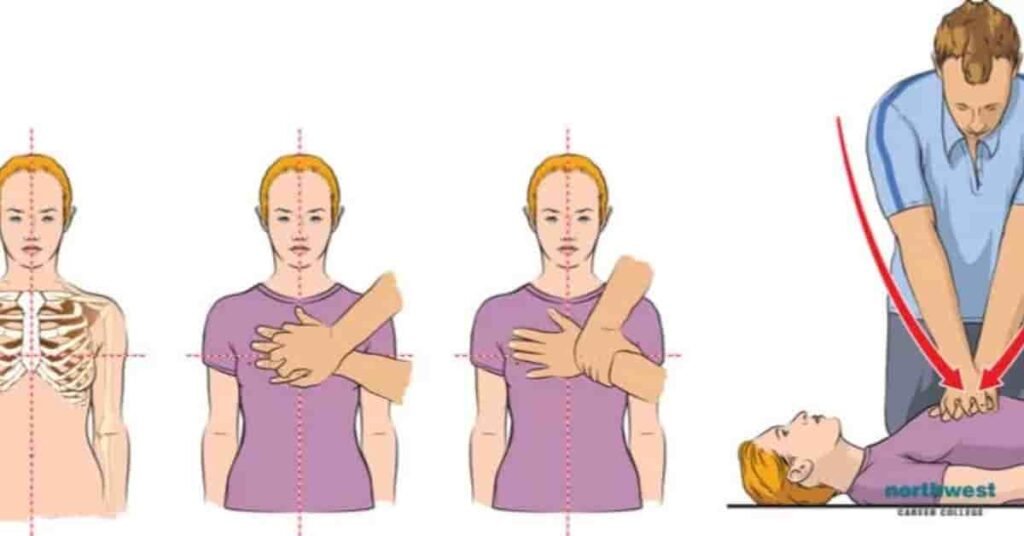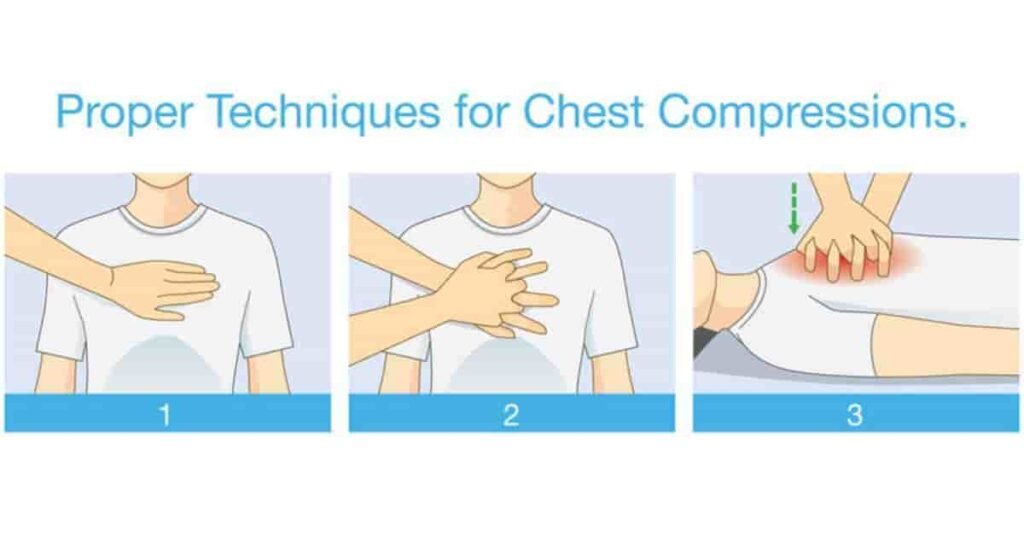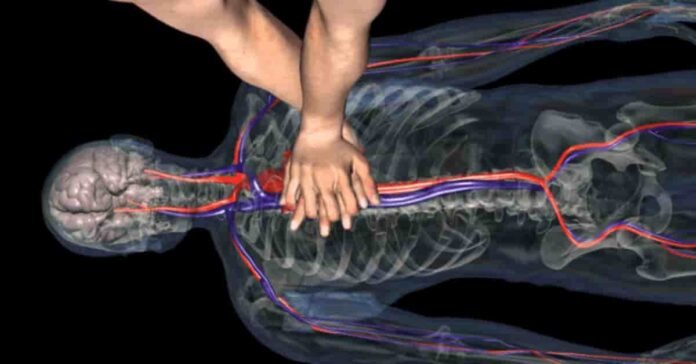Maximizing Chest Compression Fraction: Enhancing CPR Effectiveness
We will explore the techniques to maximize chest compression fraction, a critical CPR metric. Understanding the importance of chest compression fraction is the first step towards improving CPR outcomes. Achieving a high chest compression fraction is crucial in CPR as it directly impacts the effectiveness of the procedure.
Chest compression fraction is a key component of CPR, and we will delve into the details of what it entails and its significance in the context of CPR. To achieve a high chest compression fraction, it is essential to understand how can you achieve a high chest compression fraction and implement the best practices in CPR.
Our goal is to provide an informative guide on achieving a high chest compression fraction. We will discuss the current guidelines and standards for chest compression fraction in CPR, and provide tips on how to improve this critical metric.
Key Takeaways
- Understanding chest compression fraction is crucial for effective CPR
- Achieving a high chest compression fraction improves CPR outcomes
- Chest compression fraction is a key component of CPR
- Implementing best practices in CPR can help achieve a high chest compression fraction
- Current guidelines and standards for chest compression fraction in CPR are essential for improvement

How Can You Achieve a High Chest Compression Fraction
Getting a high chest compression fraction is key in CPR training. To get better, try these tips: get proper training, cut down on breaks, and use tech to check and boost CPR. How can you achieve a high chest compression fraction? With these steps and regular practice, you can do better CPR and help more patients.
Some important tips to keep in mind are:
- Get top-notch CPR training from certified teachers.
- Practice CPR often to get better and faster.
- Use gadgets to watch and better your chest compression fraction.
- Try to keep CPR going without stops to keep the fraction high.
Using these methods can really up your CPR game. Good CPR training is key to a high chest compression fraction. By focusing on these tips, we can all do better CPR and save more lives.
| Technique | Description | Benefits |
| Proper Training | Receiving high-quality CPR training from certified instructors | Improves technique, builds confidence, and increases chest compression fraction |
| Regular Practice | Practicing CPR regularly to build muscle memory and improve technique | Enhances skills, reduces errors, and improves patient outcomes |
| Feedback Devices | Using feedback devices to monitor and improve chest compression fraction | Provides real-time feedback, identifies areas for improvement, and optimizes CPR performance |
Understanding Chest Compression Fraction in CPR
To get a high chest compression fraction, we need to know what it is. It’s the time spent on chest compressions compared to the total time of a cardiac arrest. This measure shows how well CPR is done.
To get a high fraction, we must keep chest compressions going without stops. We also need to make sure they are done right and the same every time. Knowing what chest compression fraction is helps us see why it’s so important in CPR.
It’s key because it affects how well a patient does. Studies show that higher fractions mean better survival rates and brain function.
What is Chest Compression Fraction?
Chest compression fraction is a key part of CPR. It’s very important. The American Heart Association says we need to do CPR well, which means a high fraction.
By understanding what chest compression fraction is and why it matters, we can help patients more.
Why Compression Fraction Matters
Compression fraction matters a lot. It shows how well CPR is done and affects patient results. A high fraction means CPR is done right and fast, which is crucial in emergencies.
| Guideline | Recommendation |
| American Heart Association | Chest compressions at a rate of 100 to 120 compressions per minute, with a chest compression fraction of at least 80% |
| European Resuscitation Council | Chest compressions at a rate of 100 to 120 compressions per minute, with a chest compression fraction of at least 80% |

Mastering CPR: Achieving High Chest Compression Fraction to Enhance Patient Outcomes
Getting a high chest compression fraction is key in CPR. It greatly affects how well a patient does. By learning about chest compression fraction, you can get better at CPR. This means you can help save more lives.
This guide shows you how can you achieve a high chest compression fraction. It leads to better CPR skills and follows CPR best practices.
We hope this article has given you the tools to do effective chest compressions in CPR. Remember, a high chest compression fraction is more than just following rules. It’s about truly understanding the basics.
By using what you’ve discovered in your CPR training, you can make a big difference in trouble.
FAQ
What is chest compression fraction?
Chest compression fraction is the time spent doing chest compressions compared to the total time of the cardiac arrest.
Why is chest compression fraction important in CPR?
It shows how well CPR is done. A higher fraction means better results for the patient.
How can you achieve a high chest compression fraction?
To get a high fraction, keep chest compressions going without stops. Make sure they’re done right and the same every time. Also, use technology to check and boost CPR quality.
What are the current guidelines and standards for chest compression fraction?
Guidelines say CPR should have a fraction of at least 60%. Healthcare workers should try to get as high as possible to make CPR more effective.
How does training and coordination impact the chest compression fraction?
Good training and teamwork are key for a high fraction. Healthcare teams should practice CPR often. They should also work well together and talk clearly during the procedure.

